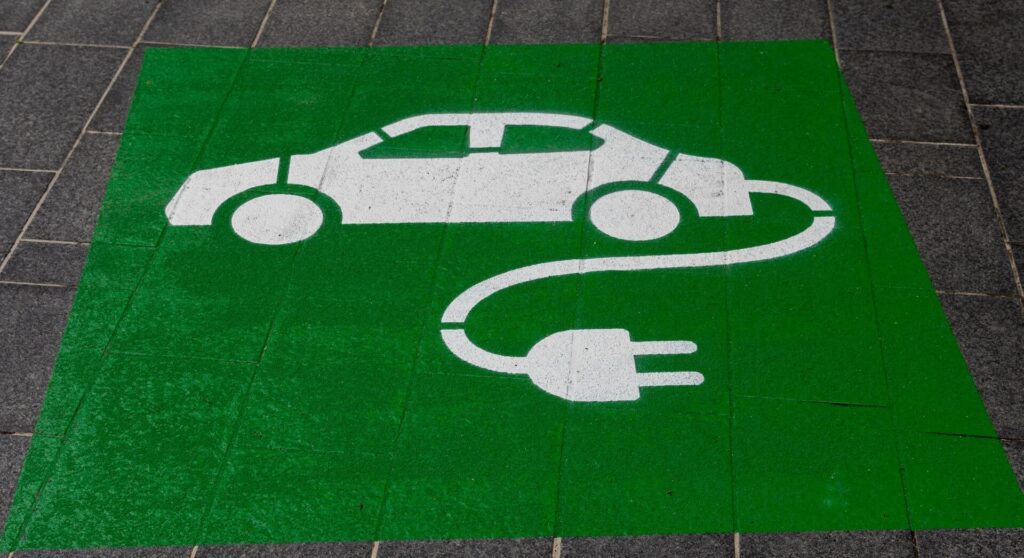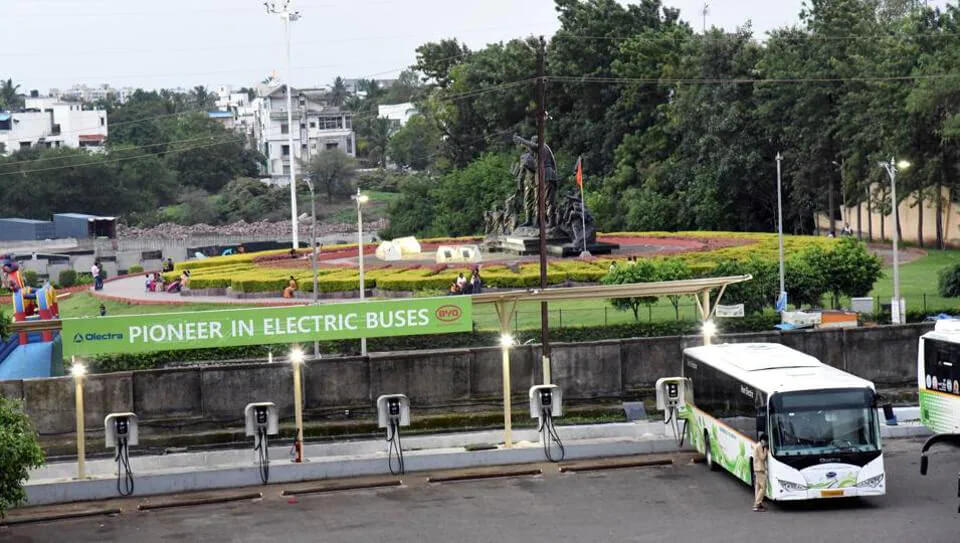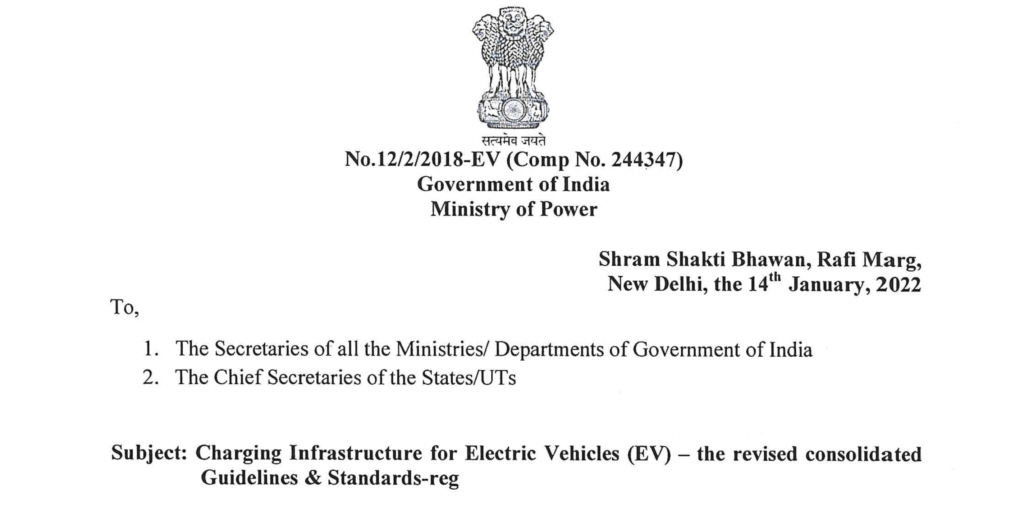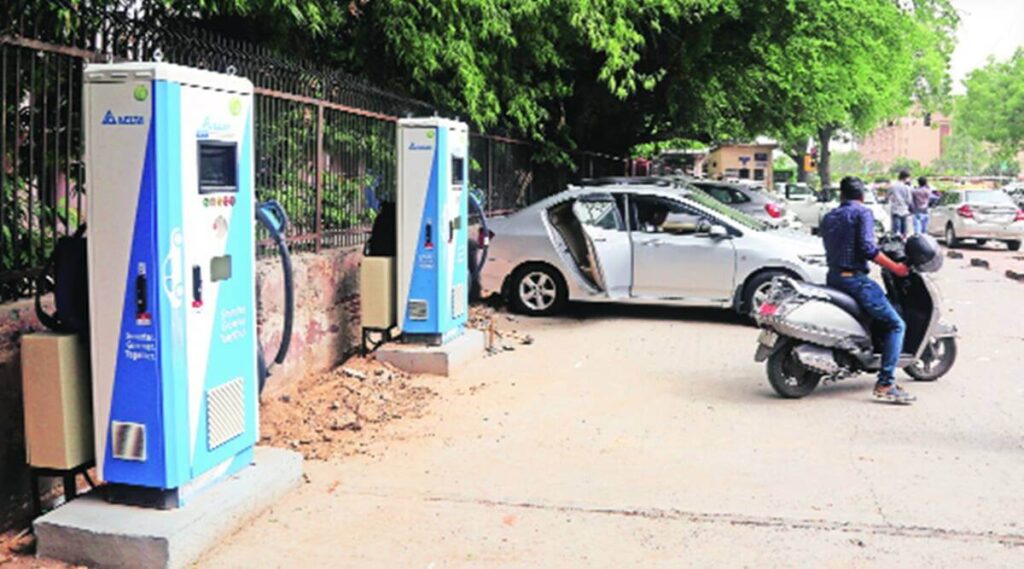The recent Auto Expo 2023 in India, the largest motor show, was met with great excitement due to the unveiling of various low and zero-emission vehicles such as EVs, hydrogen, and hybrids. This highlights the auto industry’s growing commitment to reducing carbon emissions. However, it also reveals the urgent need for India to provide greater financial support for zero-emission technologies, particularly EVs, which are the most advanced and commercially viable segment in transportation.
India needs accelerated support for EVs to achieve net zero
It is crucial for India to decarbonize its transportation sector in order to achieve its goal of net-zero emissions by 2070 as part of its clean energy transition. EVs play a crucial role in this process. Despite the growing popularity of EVs in India, they still only make up a small percentage of total vehicle sales.
In 2022, EVs’ share of total vehicle sales increased from 1.7% in 2021 to 4.7%, largely due to faster adoption in two- and three-wheeler segments. Therefore, it is vital for the government to increase spending and implement favorable policies to fully realize the potential of electric mobility in the country.
According to a recent study by the International Institute for Sustainable Development and its partners, the uptake of subsidies for EVs is the lowest among all energy technologies. Despite a threefold increase in EV subsidies from 2021 to 2022, largely due to the concessional Goods & Services Tax (GST) rate on EVs and the FAME-II scheme for electrifying public and shared transportation, these subsidies only accounted for 1% of India’s total energy subsidies.
To further support the growth of EVs in India, policymakers need to significantly increase spending on charging infrastructure, extend the FAME-II scheme beyond 2024, secure medium-term mineral supply chains, and invest in R&D for alternative battery technologies such as solid-state batteries.

India has already implemented several policies supportive of EVs, such as the PLI scheme aimed at improving the competitiveness of domestic EV battery and component manufacturing. These policies have contributed to the growth of India’s EV ecosystem in the past year. However, further efforts are required.
India currently lags behind other major markets such as China, Europe, and the United States, which offer substantial incentives for EVs. This competition emphasizes the need for India to increase its support, particularly in the two- and three-wheeler segments where it has a competitive edge. In the long term, investing in a green industrial policy that positions India as a leader in growing industries like EVs will have a positive impact on the economy.
The recent approval by the Indian cabinet of the National Green Hydrogen Mission represents a promising initial step in reducing the cost of this technology in India. To further advance this goal, the government must swiftly implement support for building hydrogen refueling infrastructure nationwide and decreasing the cost of electrolyzers. It is not a matter of choosing between EVs or green hydrogen vehicles to decarbonize the transportation system, both are necessary for India’s progress.
The role of hybrids, previously seen as a potential solution for India’s inadequate grid infrastructure due to their ability to serve as a transitional technology between internal combustion engine vehicles and EVs, is expected to be limited. Although various initiatives and schemes, such as the Revamped Distribution Sector Scheme (RDSS), are underway to improve India’s grid, hybrids’ potential impact may be small.



